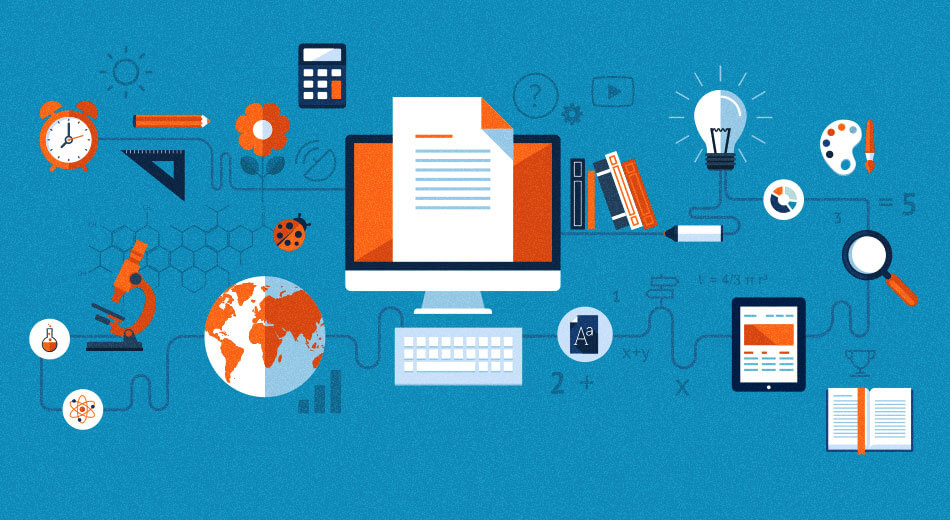
26 Mar' 14 | By Amanda Smith
The web’s 25th anniversary celebrated an invention that has changed our lives forever, particularly within education.
We have come a long way since using the Internet solely for research. Teachers, students and parents have thousands of different learning tools at their fingertips each day thanks to the Internet. Over the decades we have seen connection speeds increase, the rise of social media and more recently, the shift to online learning.
We live in an era where the wealth of data available and the growth in new technologies is challenging institutions to rethink teaching and learning on a global scale. The impact of how we develop the web and improve digital skills will ensure that the future generation will continue to reap the benefits over the next 25 years and help us to learn faster, better and deeper.
Privacy and Cyber Security
Security will become an enormous issue across all markets – particularly in education. The BYOD revolution, social media, data in the cloud and big data will all lead to a complex network of people and devices. By planning ahead and putting thoughtful and strategic security systems into place, organisations are not only better prepared to implement new technologies, but more in control of their current structure.
Learning is changing; over 90 percent of teachers are using social media in courses they’re teaching. This means almost 9 out of 10 teachers now prefer social media and personal learning networks compared to old methods*. In order to link up the worlds of formal education and students IT skills learnt outside the classroom teachers are using apps such as Skype, Google Hangouts and Edmodo to encourage students to engage actively in the material. Other tools such as Schoology and CourseSites also allow students to submit and receive feedback through online communities.
Augmented Reality
Learning will become more creative with Augmented Reality, which allows educators and students to unlock or create layers of digital information on top of the physical world that can be viewed through an Android or iOS device. More and more teachers will begin to use Augmented Reality products like Elements 4D, which allows students to manipulate and combine elements like mercury right from devices, rather than just reading about them or watching a video. Anatomy 4D is an app that allows users to explore a human body and isolate various body systems.
Connectivity in Developing Worlds
One of the major factors education advocates have faced during the last century was a lack of decent education for students in remote or poor areas of the world. Currently, three out of five people in the world still do not have access to the Internet*. Google is launching Project Link which provides faster, more reliable Internet to the places, and people that need it. There are installing an open access fiber-optic network around Kampala, Uganda, to help Internet service providers reach end users with faster speeds at lower prices. Schemes such as this will provide cities with a foundation for growth and will allow the world to have universal access to knowledge.
The Internet has opened up learning for those who cannot find the time or money to attend traditional courses. Schools and Universities have increased their reach and the number of students they can teach by a major push in online classes and MOOCs. Soon mobile devices will be available worldwide, and educational tools like the Khan Academy will be readily accessible. Mobile devices will allow students to learn online without the need for teachers or classrooms.
What next?
These technology enhanced learning solutions will have a huge impact and will eventually lead to a more informed and educated world population overall. In a recent survey, 76 percent of people believed the web has been a positive force for society*. In a lot of ways the Internet has made it possible to receive a free and more engaging education.
Sources:
12 Mar' 14 Rise of the Construction Drones